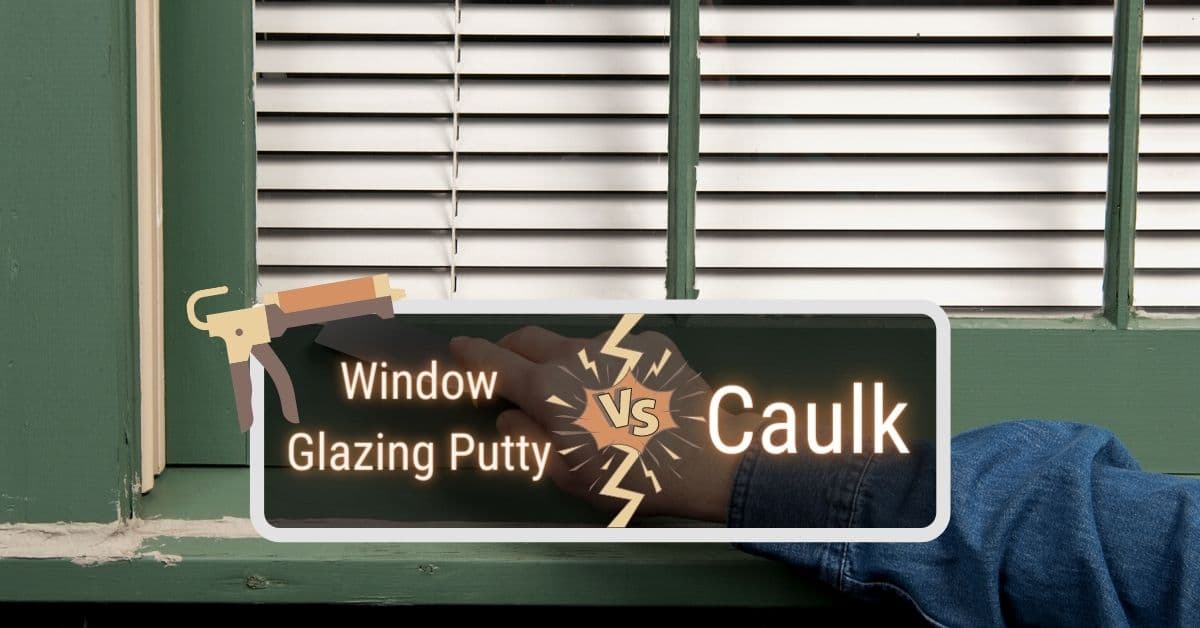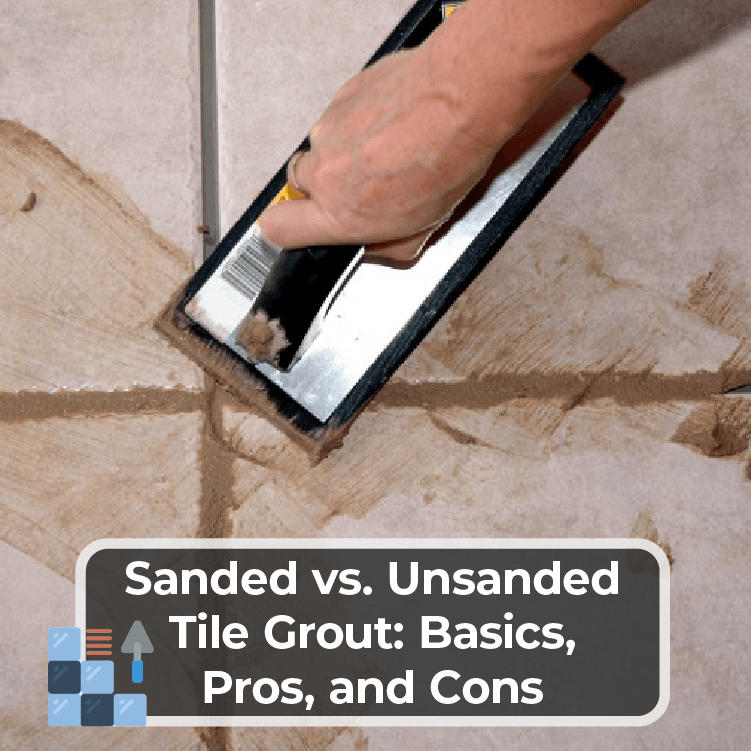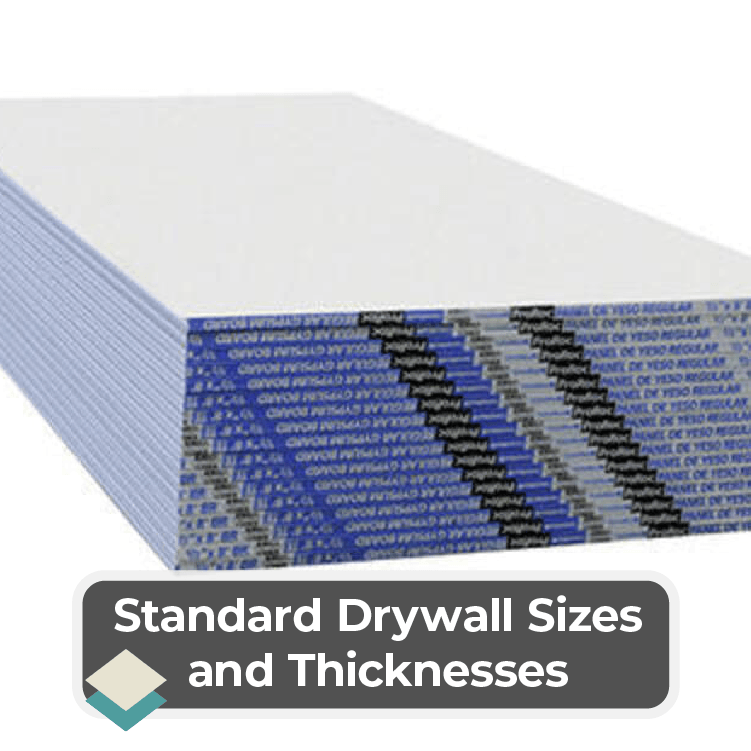Window glazing putty and caulk have similar purposes of boosting energy efficiency by sealing leaks and closing gaps, caused mostly by water damage. But each has its benefits and is suited well for specific purposes. But more or less they carry out the same functions in various ways. You can make use of both or make choice of either one depending upon situations where which would work better.
Follow along and we will explore the differences between window glazing putty and caulk in this article. You will be provided answers to the most common question – how to make a choice that is window glazing putty vs caulk – what is the difference and which is better?
What is a window glazing putty?
Window glazing putty is a dough-like compound that is made of a mixture of calcium carbonate powder or ground chalk and oil. After you have framed and installed your windows, there might be some air gaps between them which jeopardise the integrity of the structure. The main use of putty is to seal windows to wood frames and does not allow any air in or out. It is effective in most repair practice. It can also be used to repair scratches or depressions with ease.
What is caulk?
Caulk is a water-resistant products used to fill gaps for plumbing fixtures and to prevent leakages. It is mainly used to seal gaps around the house including pipes, plumbing application, doors, windows, etc. When used in a correct manner a it will last for a decade depending upon the type of application and type of product.
However, both the caulk and window glazing putty can be used to close gaps, cracks and form a strong seal. A window glazing putty is used to seal a glass window and frame. Different types of caulks are used for closing gaps and for filling spots around the doors around the house.
But for gaps around a window frame, a window glazing putty seal is used.
Caulk Types
Whatever the job you need it for, there is a caulk for each. As caulk comes in different types fitting different purposes. Some of these types include:
- Latex Caulk: It is available in sealing colors and can make use of all sealing jobs.
- Silicone Caulk: You cannot paint it but it has a lasting period of 30 years. It is mostly used in bathrooms or kitchens and is water-resistant.
- Refractory Caulk: If you need to seal gaps that are exposed to heat, you should use this.
- Acrylic Latex Caulk: This is the most common and easiest caulk to apply.
- Butyl Rubber caulk: Butyl rubber caulk is used for metal seals and concrete.
- Mortar Caulk: It is used for materials involving cement.
- Roof Caulk: It is used for oil-based and roof seals.
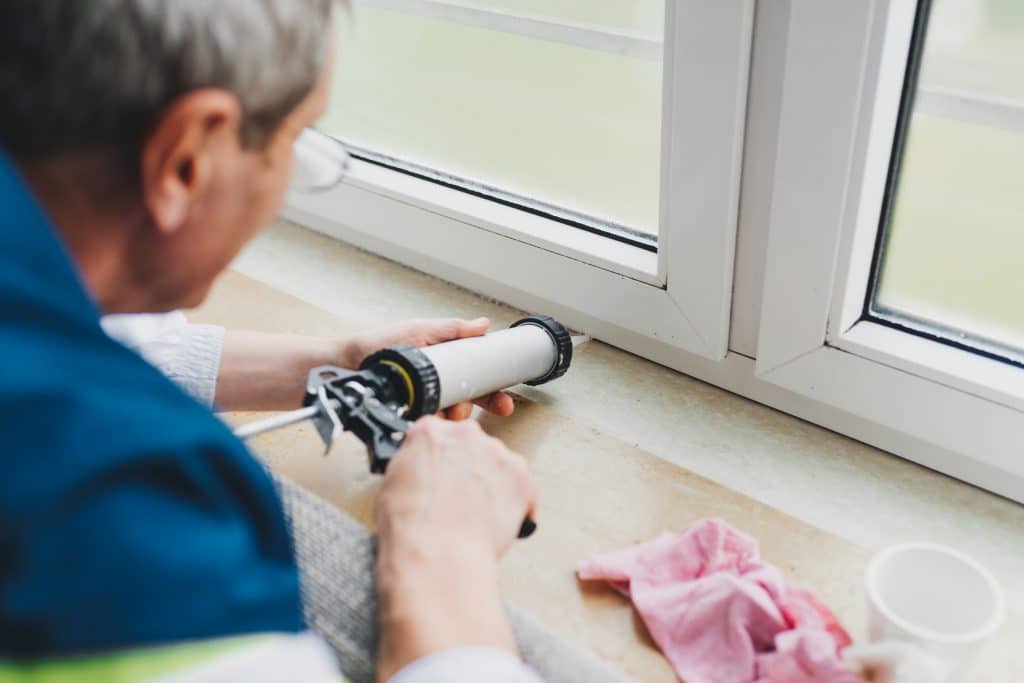
Are Window glazing putty and caulk interchangeable?
No, the window glazing putty and caulk are non-interchangeable. Substituting one for another can cause problems. For example, if you want to seal the gap between a window frame and glass, and acrylic latex caulk would not work. The difference in elasticity and texture would prevent a proper seal. Similarly, caulk is used for gaps under one-fourth of an inch. So generally it is best to use window glazing putty for sealing windows and caulk for everything else.
Time of cure for each
Window glazing putty can take between 5 and 15 days to cure, whereas caulk can generally cure within 24 hours. For caulk, it should be dry within 12 hours of application but not fully cured until at least the 24-hour mark. When it comes to window glazing putty and caulk drying and curing are not the same things. Drying refers to the procedure of the solvent evaporating whereas curing refers to the coating becoming firm and hardened. The 5 to 15 days that window glazing putty takes to cure sounds like a very long time but it can be sped up slightly. To speed up the curing process for window glazing putty there are several things you can do.
- Use a hair-dryer.
- Choose a latex-based putty over linseed oil-based putty.
- Use a drying compound
- If you are located in a hot, dry environment, the heat will help speed up the window glazing putty cure time. For caulk, acrylic latex is one of the fastest curing options.
Considering the fast and dry cure time offered by caulking, but there is no need to speed up the process.
Maintenance
Window glazing putty must be maintained properly to make it last. This maintenance requires only that the putty be coated with good quality linseed oil every five to seven years. This oil soaks into the putty, keeping it flexible enough to do its job while withstanding the extreme weather to which it is routinely subjected. The life of silicone caulk cannot be extended. It must usually be replaced after 7 to 10 years.
Casement Windows
Acrylic latex silicone caulk cannot be used to seal casement windows. The groove where the window is set in the wood frame is too wide. When acrylic latex caulking is applied they will fail very quickly. Window putty will cure when applied at that thickness and hold up very well.
Ease of use
Window glazing putty is easier to work with and apply neatly. While to use caulk method, it is more difficult to apply to form a neat edge along with the glass. Putty is applied, allowed to cure and then the excess is cut cleanly away from the window with a sharp cutting tool. If the cut is too close or pulled loose from the window frames it will have to be re-caulked.
This putty stays flexible for a long time. It can simply be pushed back into the place if a mistake is made.
Drying Time
Silicone caulks takes less time to cure than a glazing putty. This quick curing time allows window frames to be painted in a short span of time. However, glazing putty must be allowed to cure until it develops firm skin on its outer surface before it can be painted. This can take several days. Caulk may be dry enough to paint within or after 1 day of application depending upon the particular product used.
Longevity
Window glazing putty has been in use for more than a century now. After correct application, cure, and constant maintenance it can last for hundreds of years. However, the silicone and acrylic caulk has been in use for about 50 years and usually last for about a decade. They are both made from different ingredients and they have difference in uses yet the project determines which to use.

How to use window glazing putty
Apply window glazing putty with a putty knife and allow it to cure. The cure time of this putty is several days. In those several days, the putty will become hard and form a tight seal. Then wait for it to dry and harden before applying the paint. It can be 1 inch wide.
For this you need to clean the surface before applying the putty, this would ensure the formation of a tight seal. You also need a putty knife and follow these steps.
- Clean the surface: Make sure to remove the dirt from the area you apply glazing putty.
- Insert the glass: Set the glass in the proper place and make sure it is firm and apply it at the correct spot.
- Fill the gaps: Use a putty knife to spread the putty to fill the gaps that need to be sealed.
- Smooth out the putty: You can use your fingers to knead the putty or use a lubricated putty knife to smooth the surface.
- Carefully remove the excess putty: Remove the excess putty when you are finished spreading it out.
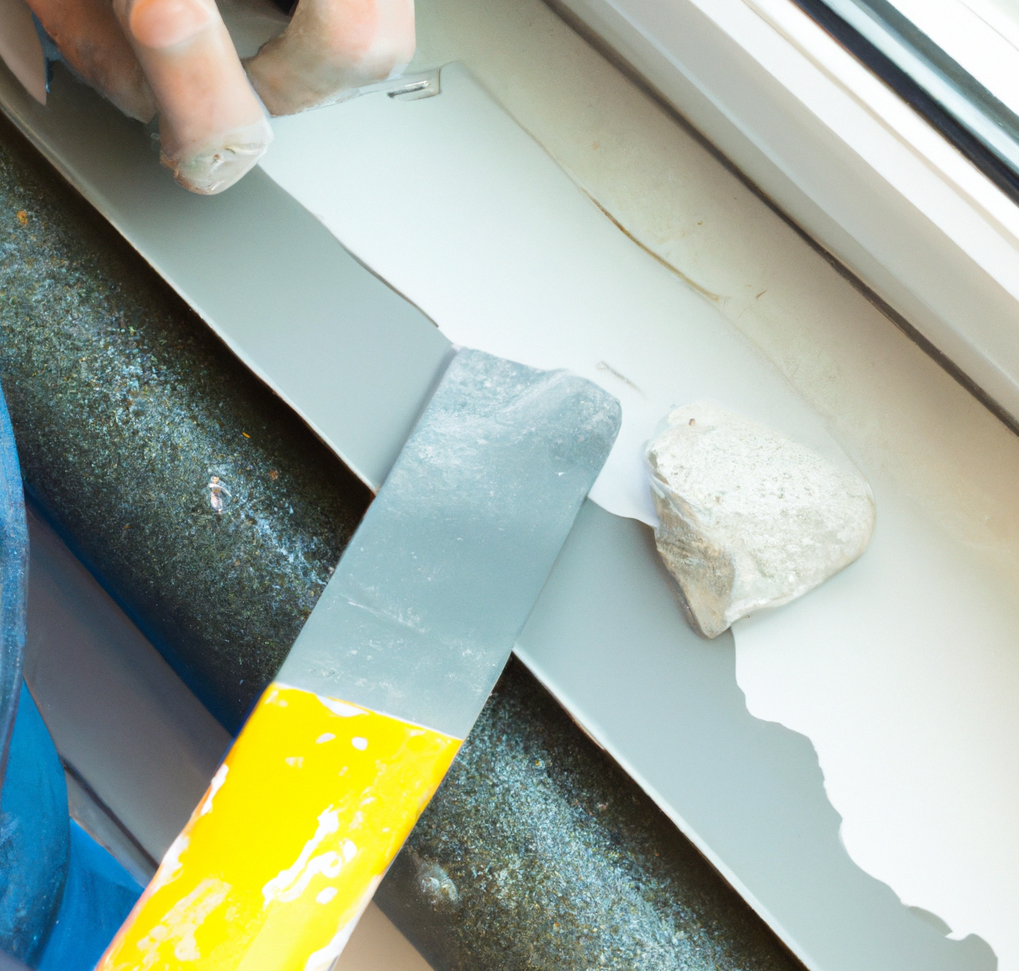
How to caulk a frame of window
To use caulk for putting a full window frame and can be done very easily. For this you also need a silicone caulking gun.
- Remove the dirt: Clean the surface by removing the dirt and old caulk and scrubbing between the cracks.
- Dispense the chalk: Set the caulking gun where the old caulk was and drag a straight line with the caulking gun while
- dispensing.
- Smooth out the caulk: Take a flat object to smooth the caulking out process.
- Allow it to dry and cure: This is an important step especially if you want to paint the surface. Don't ever paint over wet caulk or wet window glazing putty. It gets dried within 12 hours and within 24 hours it can be cured.
The time frame of cure
Curing refers to the coating applied, achieving firmness, and being hardened. The two sealants differ significantly in this area. After application by hand, window glazing putty can take up to 5- 15 days before it gets cured. Caulk, on the other hand, cures within 24 hours.
You can fasten the extensive period used in curing your putty by using a hairdryer, drying products, or a latex-based putty for faster curing.
Multiplicity of usage
Window glazing putty functions mostly for sealing windows and should be used majorly for that. The size of the grooves in the window frame makes it difficult to use caulk for it.
You cannot make use of caulk here because it is best for ¼ inch gaps and that of the window is more than that. It is advisable that for everything window sealing, use a window glazing putty, and for every other sealing asides windows, use caulk for such purposes.
When you have sealed your windows, the next step is to treat your windows according to your house's aesthetics and requirements.
Conclusion
In the end, for users it is safe to say that in terms of making a choice between window glazing putty vs caulk none is better than the other as these both have similar functions but have their own difference and are not used interchangeably. They each have their benefits and advantages making them better suited for different purpose. Their make is also different as window glazing putty is made from calcium carbonate powder and ground chalk. Using caulk instead of window glazing putty will yield unsatisfactory results. So to stick to their respective uses, the results must be perfect.
They both are worth having around the house; you never know which might you need. Plumbing fixtures caused by water damage and sealing air leaks can also have potential health concerns. Air leaks permit mold spores, dust, and other contaminants from the attic or under the floor to enter your home. Using caulking and glazing is the most effective way to seal your home.

